Like many American entrepreneurs, Ransom E. Olds started many endeavors.
Having built his first steam-powered car in 1884 and his first gasoline-powered car in 1896, Olds establishes the Olds Motor Vehicle Company in 1897. It’s reorganized in 1900 as Olds Motor Works in Detroit. The Curved Dash Oldsmobile is introduced the following year, built using the first stationary assembly line. By 1903, the Olds Motor Works is the largest American automaker, producing the country’s first mass-produced car. But after being demoted, he leaves the Olds Motor Works to start a new automaking business, the R.E. Olds Motor Car Company, later changed to the REO Motor Car Company to avoid a lawsuit from the Olds Motor Works. REO proves successful, building such vehicles as the 1915 REO Speedwagon.
Having once more attained success, Olds’ vision turns to – of all places – Florida, where he embarks on a new project that doesn’t involve cars.
A NEW VENTURE
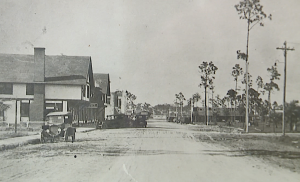
The early days of Oldsmar, Florida, founded by Ransom E Olds. Photo Credit: Oldsmar Historic Society
It’s 1916, and Florida had little settlement. But its weather had proven alluring to Henry Flagler, a partner in John D Rockefeller’s Standard Oil. Flagler had been building railroads down the east coast of Florida, as well as establishing towns and hotels since the 1890s.
Flagler’s various businesses were making huge amounts of money. Certainly, his good fortune didn’t go unnoticed by Olds, who purchases 37,541 acres of land north of Tampa Bay in Pinellas County, Florida. Paying $400,000, he establishes a planned community known as “R. E. Olds-on-the-Bay”. It seems like a wise move. Both the Atlantic Coast Line and the Tampa and Gulf Coast railroads have tracks running through the property, making it ideal for future growth, as Florida was still largely undeveloped. He plans to establish farms on the property under the name Reolds Farms. But a year later, part of the massive parcel is subdivided and a new town established: Oldsmar.
By that time, The Wayside Inn opens, and Olds and his wife are its first guests. Soon, a general store as well as a bank and post office open along State Street, the town’s main drag. Initially, the venture proves successful – until the Hurricane of 1921 inundates Oldsmar in waist-deep water and destroying most buildings. Yet by 1923, it had recovered to a point that 200 residents called it home.
WHAT HAPPENS NEXT
By this point, Olds throws in the towel, having purportedly spent nearly $4.5 million in Oldsmar, only to see a quarter of that in profit. He sells out to a group of investors, who changes the town’s name to Tampashores.
But new road projects isolate the town, and by the depths of the Great Depression, city fathers think the town needs a new start, so they change the name once again – to Oldsmar.
Oldsmar survives to this day, still wearing the name of its founder and boasting a population of 14,898. The city even maintains a fleet of Oldsmobiles, although there’s no truth to the rumor that the only music played on local radio stations is by REO Speedwagon.

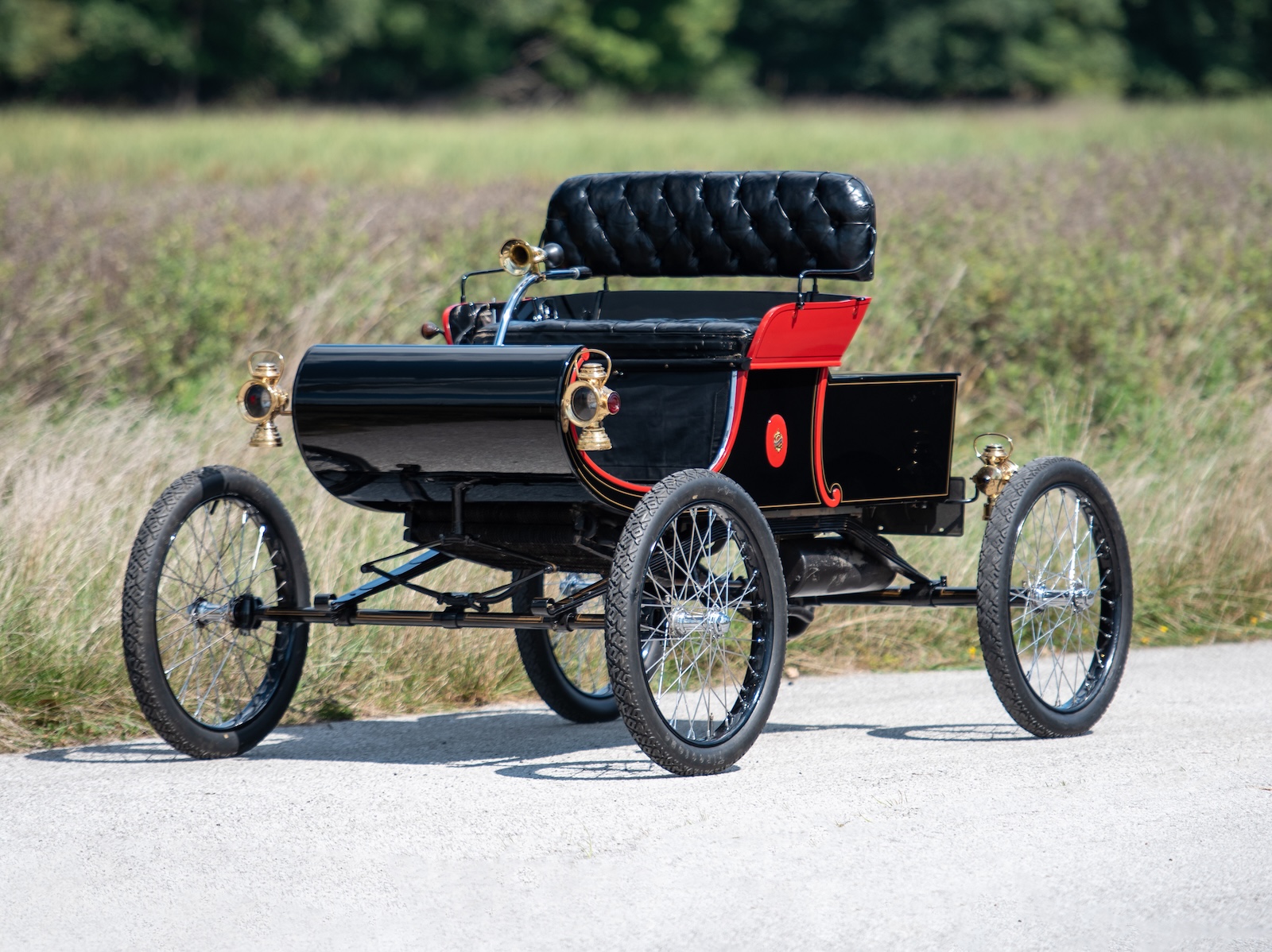
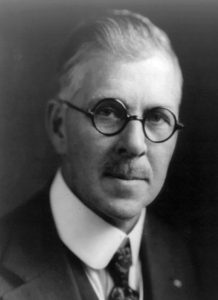
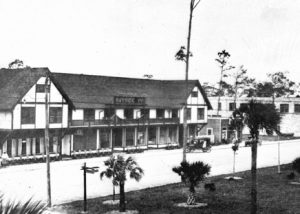

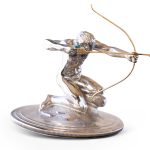
0 Comments